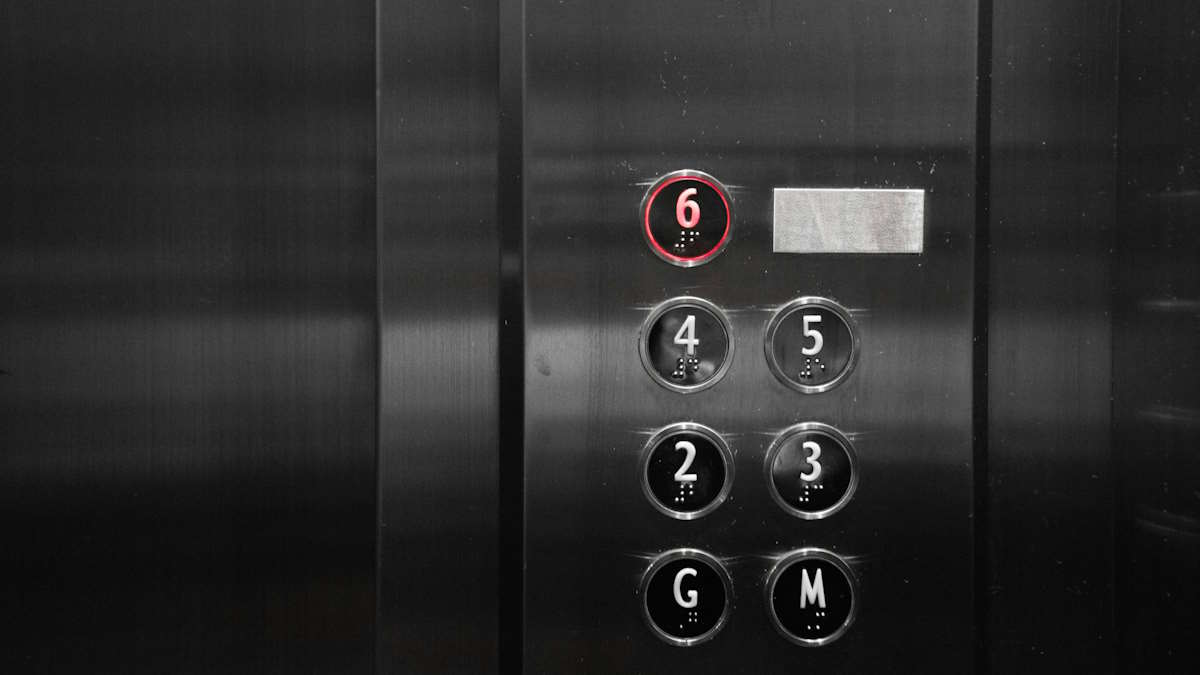Smart elevator technology has rapidly evolved and is reshaping the way businesses operate in multiple sectors. These advanced systems adapt to real-time usage patterns and integrate seamlessly with smart building technologies, improving both efficiency and user experience. As urbanization increases, the demand for smarter infrastructure becomes essential. By streamlining operations, enhancing safety measures, and reducing energy consumption, smart elevators are not just a luxury; they are becoming a standard in modern infrastructure.

Evolution of Elevator Technology
Elevator systems have progressed significantly from their rudimentary origins. The introduction of electric elevators in the late 1800s drastically changed vertical transport, but recent developments have taken this technology a step further. Today’s smart elevators leverage advanced algorithms and artificial intelligence (AI) to optimize elevator travel times, efficiently managing multiple cars based on real-time demand. The integration of IoT (Internet of Things) technology allows elevators to communicate with building management systems, other elevators, and even users through mobile applications. This evolution not only enhances convenience but also contributes to significant energy savings. According to a report by the U.S. Department of Energy, energy-efficient elevators can reduce energy consumption by up to twenty-five percent. This shift positions businesses toward more sustainable practices, appealing to environmentally conscious consumers and stakeholders alike.
Benefits of Smart Elevator Systems
The integration of smart elevator technology offers numerous benefits that directly impact business operations. One of the most significant advantages is improved operational efficiency. Traditional elevator systems often operate with a fixed schedule, leading to delays and inefficient use of resources. Smart elevators, on the other hand, utilize real-time data to anticipate demand and adjust their operations accordingly.
These advanced systems enhance security features. Smart elevators are equipped with access control systems that can restrict access to specific floors, ensuring that only authorized personnel can reach sensitive areas. Data analytics can monitor usage patterns to identify any irregularities, further enhancing safety measures. Furthermore, the integration of predictive maintenance is a game-changer. Smart elevators can predict potential malfunctions before they occur, allowing for timely maintenance and reducing downtime. As a result, businesses can save costs associated with repairs and lost productivity, as well as prolong the lifespan of their elevator systems.
Impact on User Experience
User experience is at the heart of smart elevator technology, transforming how individuals interact with vertical transportation. Passengers can enjoy features like personalized destination dispatch systems, which take users directly to their desired floor without stopping at intermediate levels. This not only saves time but also reduces congestion in busy buildings.
Many smart elevators are compatible with mobile applications, allowing users to call elevators from their smartphones or even reserve space in advance. Integration with building systems can result in a smooth transition between elevator rides and other amenities, such as parking, entrances, and lobbies, enhancing overall user convenience. Another noteworthy aspect is the enhanced accessibility features incorporated in smart elevators. These systems can provide real-time information about elevator availability, wait times, and even personalized routes for users with disabilities. By catering to a wider demographic, businesses can ensure inclusivity and improve their overall service quality.
Sustainability and Energy Efficiency
As businesses strive for sustainability, smart elevators play a crucial role in reducing energy consumption and minimizing the carbon footprint. These elevators often utilize regenerative drives that convert kinetic energy during descent back into electricity, which can be used to power other building systems. Such innovations are critical in responding to corporate responsibility and compliance with various environmental regulations. Additional measures, including the use of LED lighting and energy-efficient components, further bolster the sustainability of smart elevator systems.
Incorporating technologies that promote sustainability fosters a positive image for businesses. Companies can highlight their commitment to energy-efficient infrastructure, appealing to eco-conscious consumers and enhancing their reputation in the marketplace. Engaging organizations like Metro Elevator Richmond can provide businesses with expert guidance on adopting these smart elevator innovations seamlessly. As businesses seek to adapt to evolving needs, smart elevators will undoubtedly play a key role in shaping the future of vertical transport.
Future Trends in Elevator Technology
The future of elevator technology looks promising with continuous advancements on the horizon. Emerging trends such as artificial intelligence, machine learning, and big data analytics are set to revolutionize elevator systems further. For example, machine learning algorithms can analyze historical usage data to predict peak times, allowing elevators to automatically adjust their service frequency. Furthermore, the concept of modular elevators may become more prevalent, offering businesses flexibility in installation and maintenance. These systems can be customized based on building requirements, ensuring that companies only invest in what they need while avoiding excessive downtime during renovations or upgrades.

The transformation that smart elevator technology brings to businesses is profound. By revolutionizing operational efficiency, enhancing user experience, and promoting sustainability, these advanced systems are establishing themselves as integral to modern infrastructure.